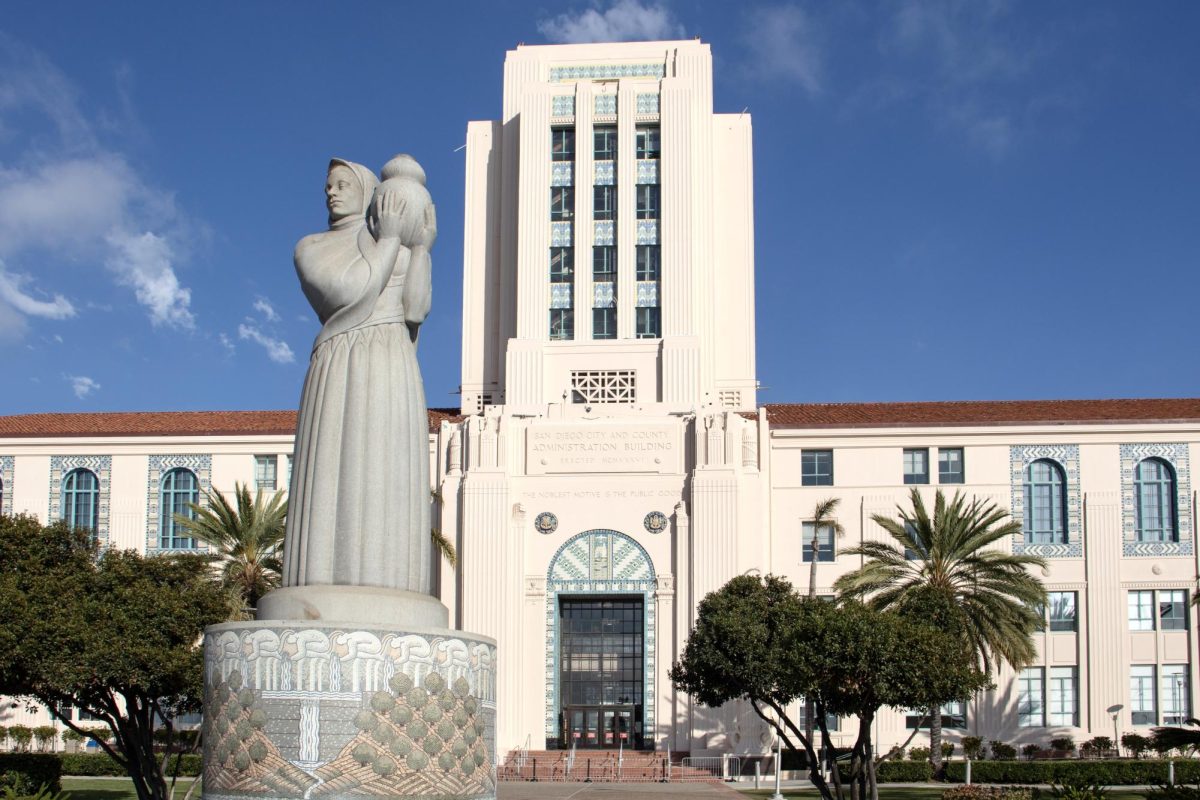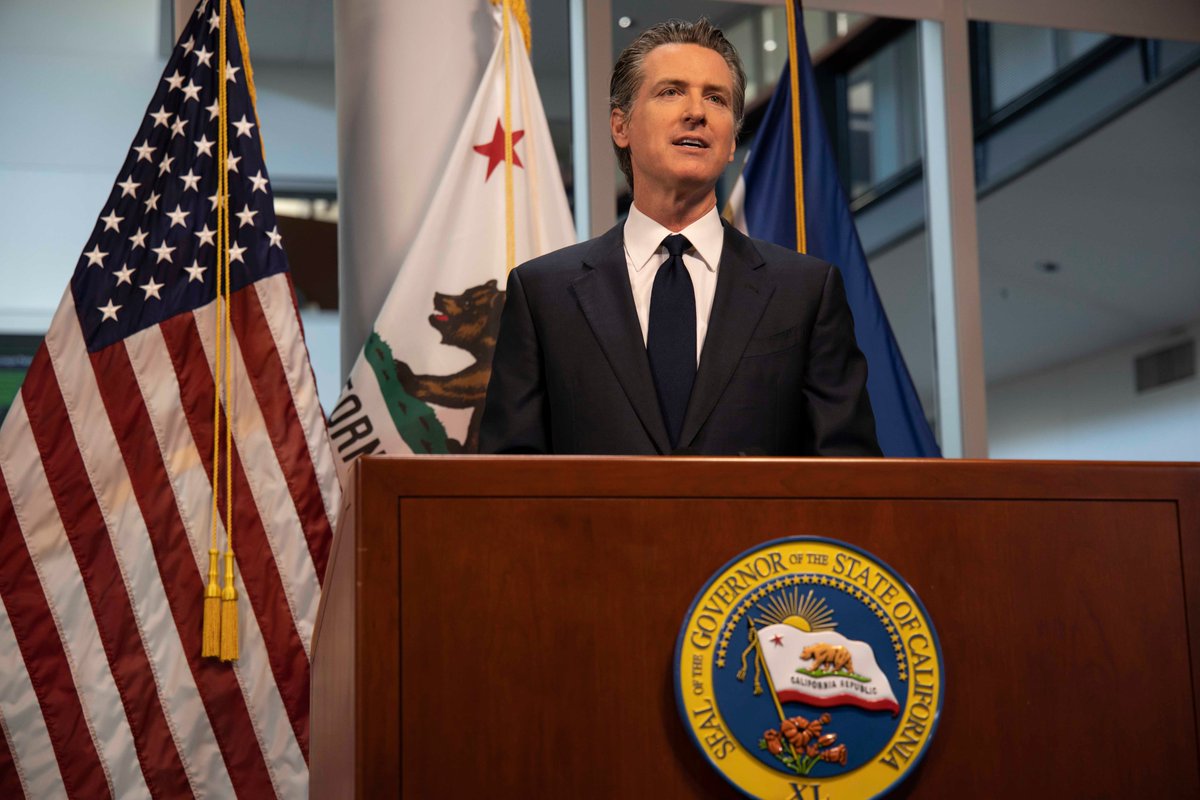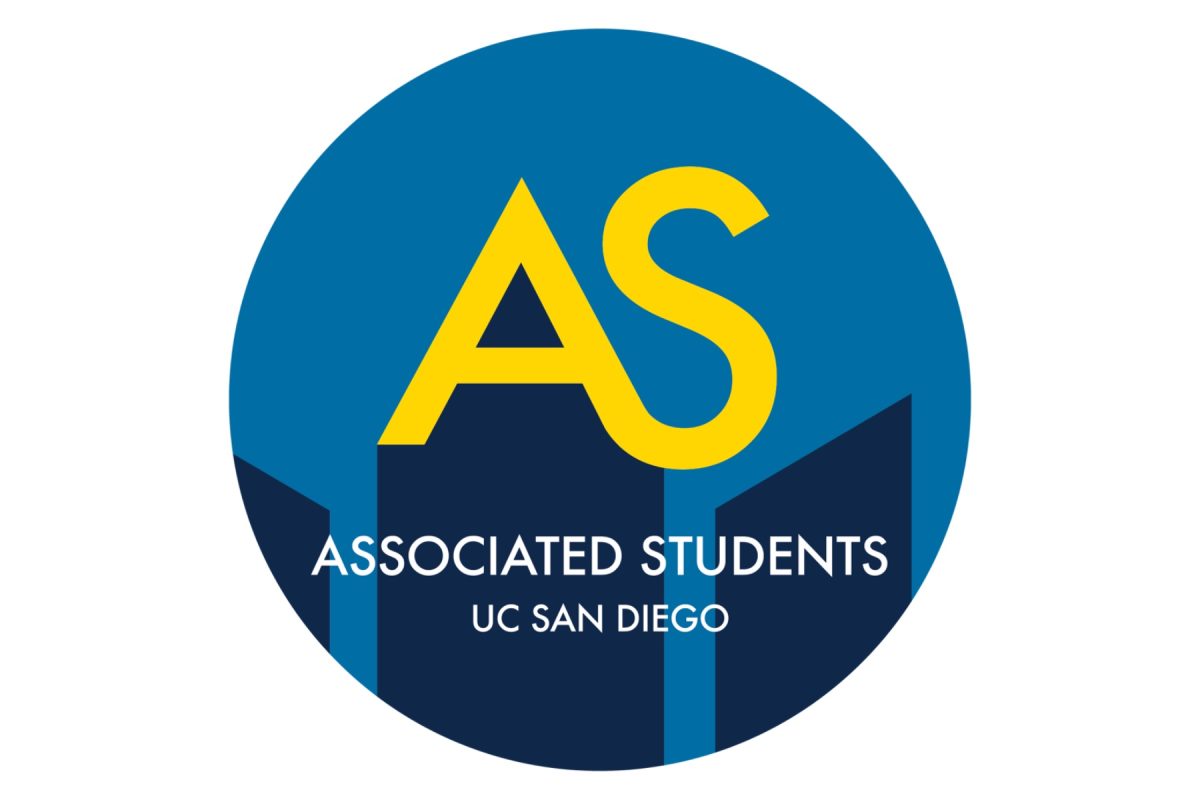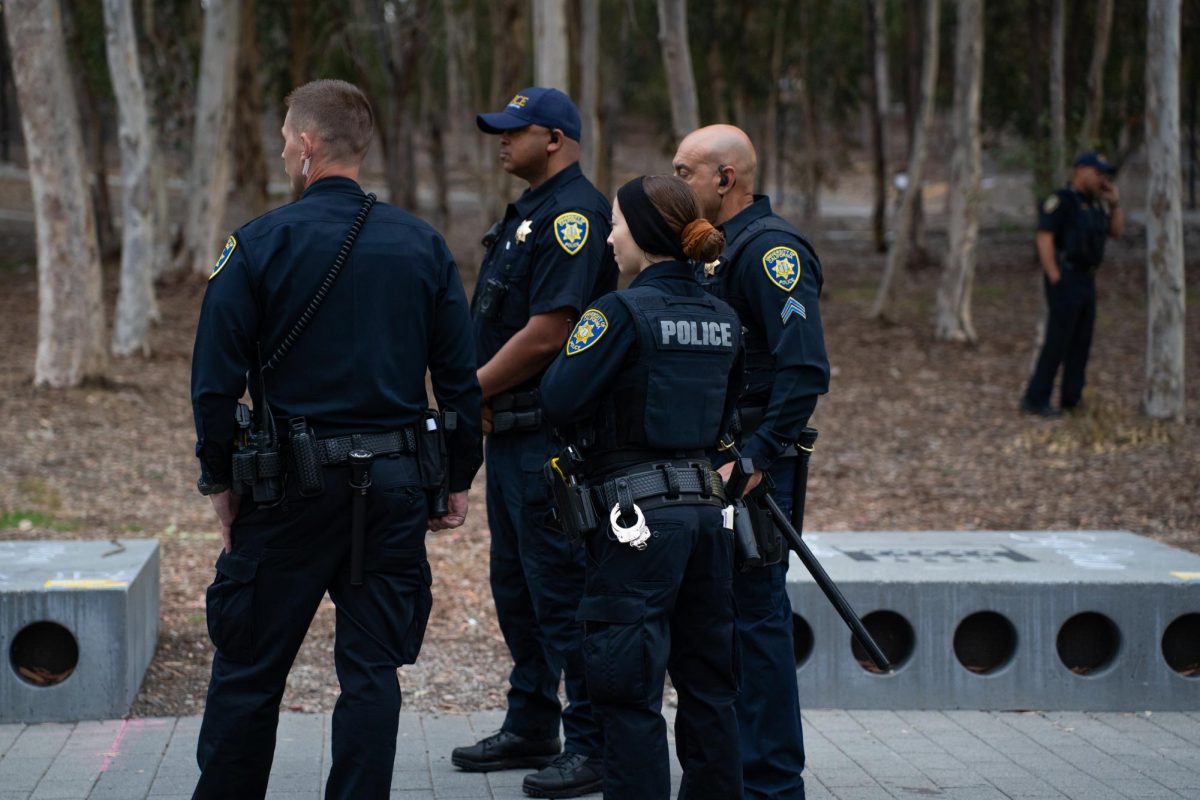Plane crashes in San Diego neighborhood
SAN DIEGO – A Cessna Citation jet crashed in the Tierrasanta neighborhood in Murphy Canyon at around 4 a.m. on Thursday, May 22. Six people were killed in the crash, and according to ABC, eight others were injured on the ground. Roughly 100 people were temporarily evacuated from the impacted area to a school nearby, and officials reported damage to at least 10 homes as a result of the incident.
National Transportation Safety Board investigators have not yet determined the exact cause of the crash. The plane crashed after colliding with high-tension power lines while approaching the runway, roughly two miles from the Montgomery-Gibbs Executive Airport, where it was scheduled to land. NBC reports that the airport’s weather alert system and runway lights were not working due to a power surge on the ground. Foggy weather conditions may have played a role in the crash.
The plane wreckage was removed on Friday, May 23. The affected area is currently inaccessible to the public and is expected to be fenced off for the coming weeks. Hazmat crews have begun assessing the site, and cleanup of debris in the area is anticipated to begin next week.
Some residents have returned to the Tierrasanta neighborhood to collect essential belongings from their homes. According to CBS, 18 families have completely returned to their homes while 42 families remain displaced in temporary housing.
Shark sighting at Torrey Pines State Beach
SAN DIEGO – A shark was spotted near Lifeguard Tower #5 at Torrey Pines State Beach on Tuesday, May 20, at about 10:30 a.m. According to NBC, the shark bumped into a swimmer and was estimated to be between 7 to 8 feet in length. The shark’s species and its distance from the shore are unknown.
After the sighting, warning signs were posted at Lifeguard Towers #2, #5, #7 and near the northern boundary shared with Del Mar City Beach. These warnings remained in effect for 24 hours after posting.
There are several juvenile white shark nurseries in Southern California, with multiple located along the San Diego coastline. In an interview with NBC, Cal State University, Long Beach, Shark Lab Director Chris Lowe explained the unsurprising nature of this particular sighting.
“It’s not that uncommon,” Lowe said. “It’s the beginning of shark season in Southern California, so white sharks are starting to show up.”
Judge temporarily blocks US Department of Energy’s 15% cap on universities
WASHINGTON – On May 15, U.S. District Judge Allison Burroughs issued a preliminary injunction that temporarily blocked the Department of Energy from enforcing a 15% cap on the reimbursement universities can receive for facilities and administration costs, also known as F&A costs. Universities usually negotiate a project’s F&A cost rate and average a 30% recoup of money for indirect costs of research projects such as lab space and electricity. Since the DOE announced this cap on April 11, it limited that amount to only 15% of the project’s grant.
Federal grants for research go toward direct costs of the project, such as lab equipment and salaries, and F&A costs. If, for example, UC San Diego was awarded a $3 million research grant with no cap in place, it would be able to use 25 to 53% of the direct costs for indirect overhead costs, depending on whether the project was done on or off campus. With the cap, UCSD would only be able to apply 15% of the total grant to indirect costs.
The DOE first announced the cap after the National Institutes of Health announced its own on Feb. 7. U.S. District Judge Angel Kelley ruled to permanently block the NIH’s cap on funding on March 5.
The National Science Foundation announced a 15% F&A rate for all new grants awarded to higher education research projects on May 2 to be effective after May 5. The University of California, along with a coalition of more than 10 research universities, filed a lawsuit in response to the proposed 15% F&A rate. The NSF did not follow through with the implementation of the rate and postponed it until after a court hearing on June 13.
In a memo on May 14, the Department of Defense announced its plan to implement a 15% cap on assistance awards to higher education institutions. The DoD plans to enforce a lower cap on indirect funds and “repurpose those funds – toward applied innovation, operational capability, and strategic deterrence,” as explained in the memo.
US Senate blocks California vehicle emission law
SACRAMENTO, Calif. – On May 22, the U.S. Senate voted 51 to 44 to block the state of California’s efforts to implement a law that would ban the sale of gas-powered cars by 2035. The ruling reversed the Biden administration’s decision to grant California three waivers to implement stricter state emission standards than federal regulations starting in 2024. These include waivers granted by the Environmental Protection Agency to implement the Advanced Clean Cars II regulations for passenger vehicles and the Advanced Clean Trucks program regulations for heavy duty vehicles.
Since 2020, Gov. Gavin Newsom has made efforts to push for the phasing out of gasoline powered cars. The implementation of California’s electric vehicle mandate would mean that 35% of new 2026 model cars sold in California must be zero-emission vehicles. This would increase to 68% in 2030 and be expected to reach 100% by 2035.
In response to the Senate’s decision, Newsom stated, “zero-emission vehicles are here to stay.”
Republicans who voted to block the electric car mandate argued that it is impractical and limits consumer choices, while Democrats believe the state’s mandate is an important effort to mitigate air pollution in California, which is ranked the number one most polluted state in the nation. California has sought waivers from the EPA since the 1960s.
This decision is expected to result in a lawsuit filed by the state of California against the Trump administration.











